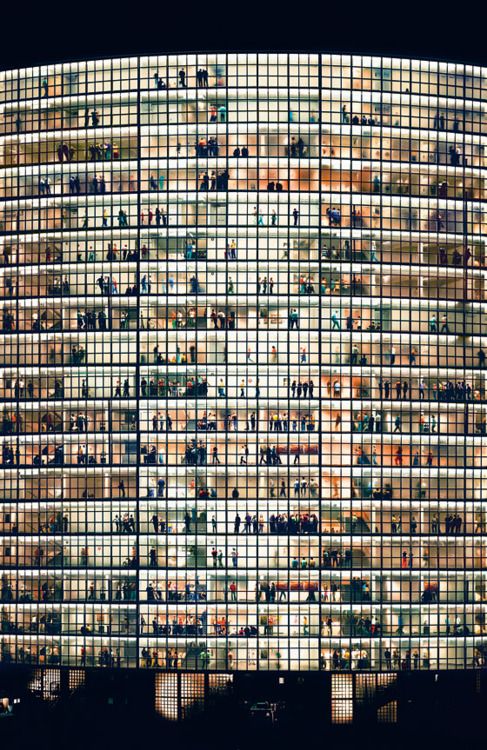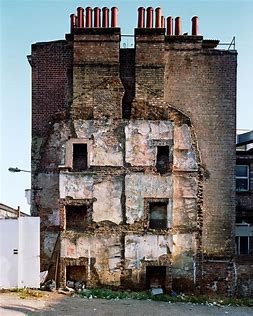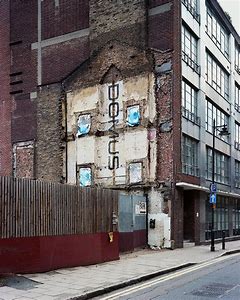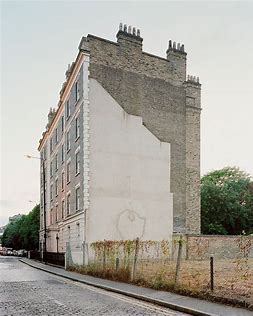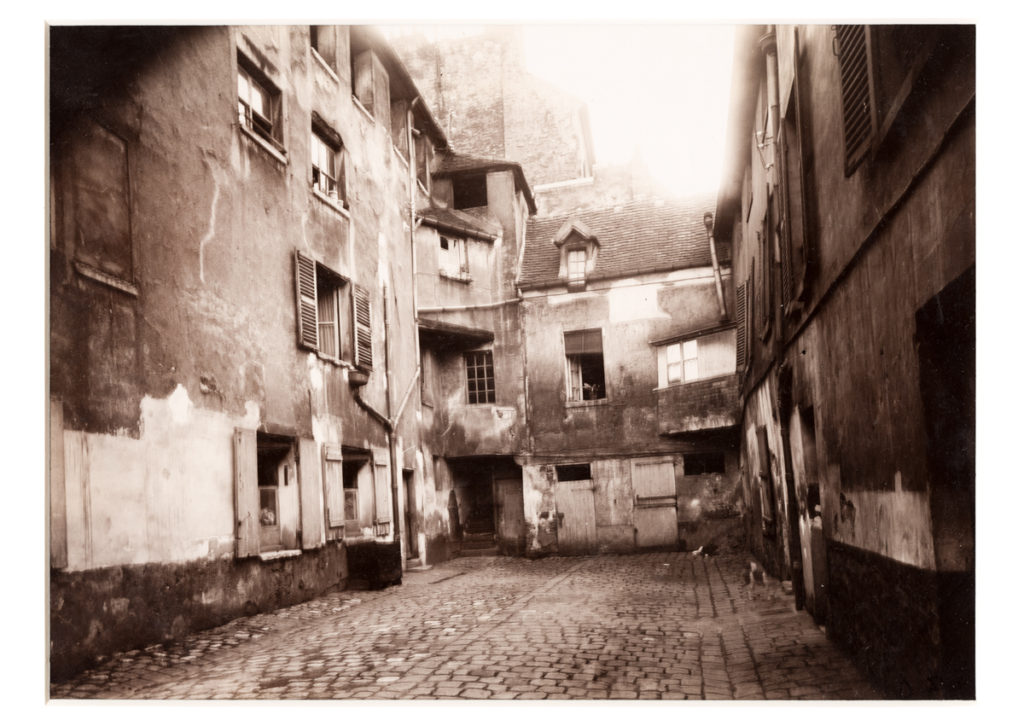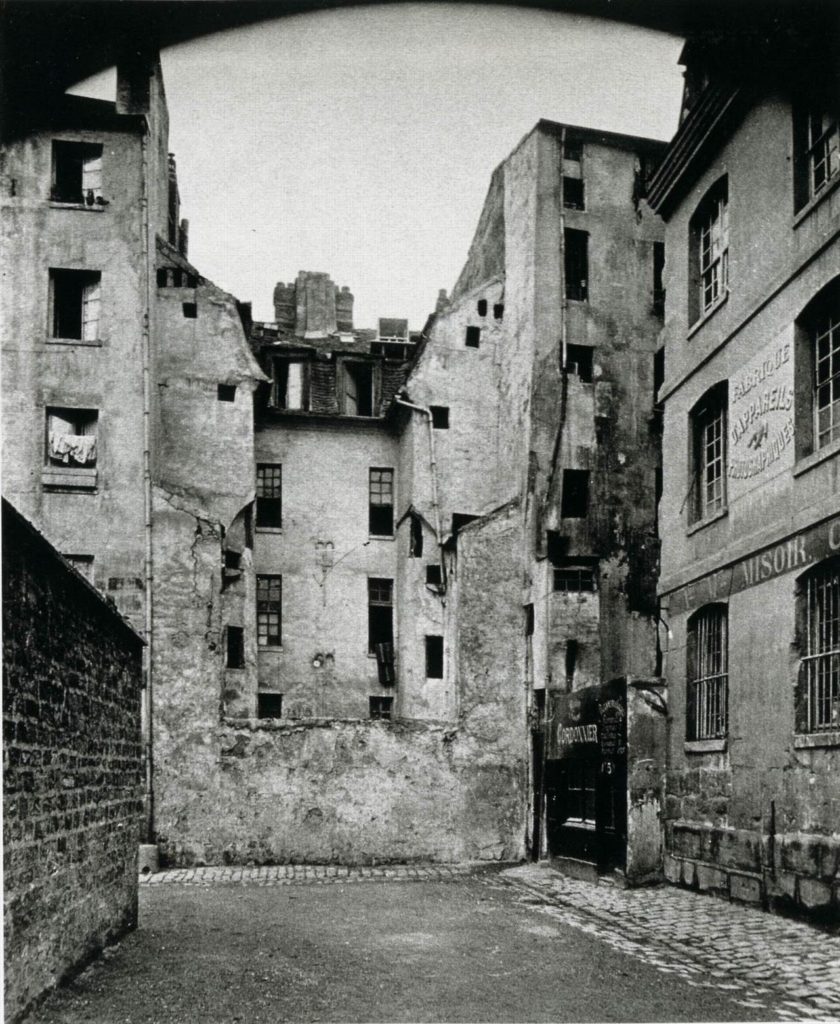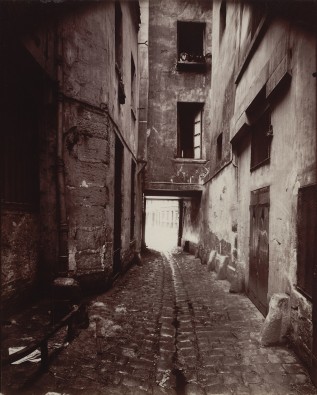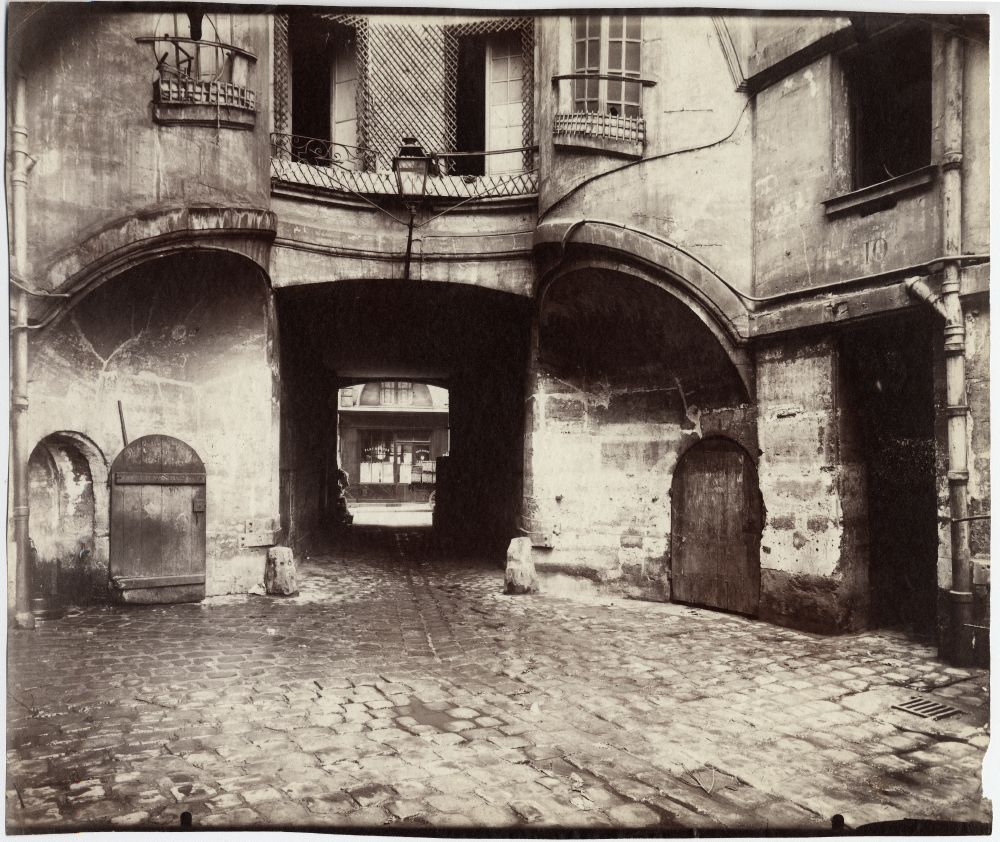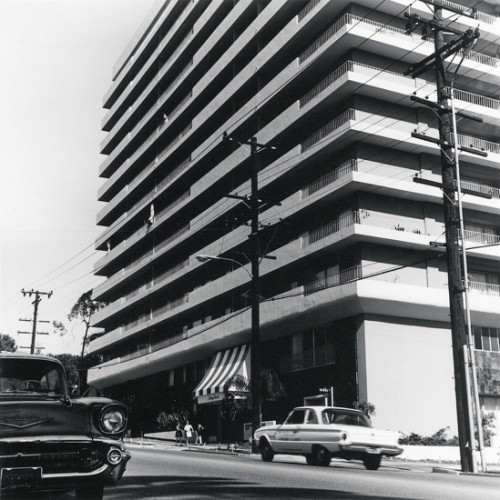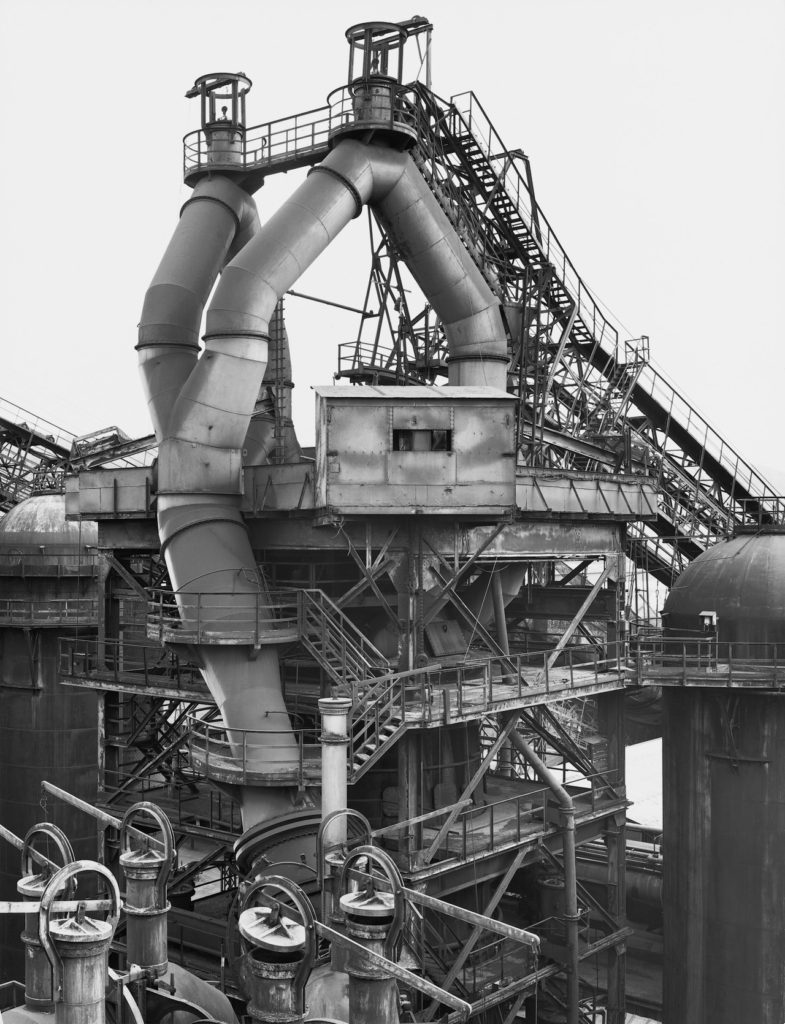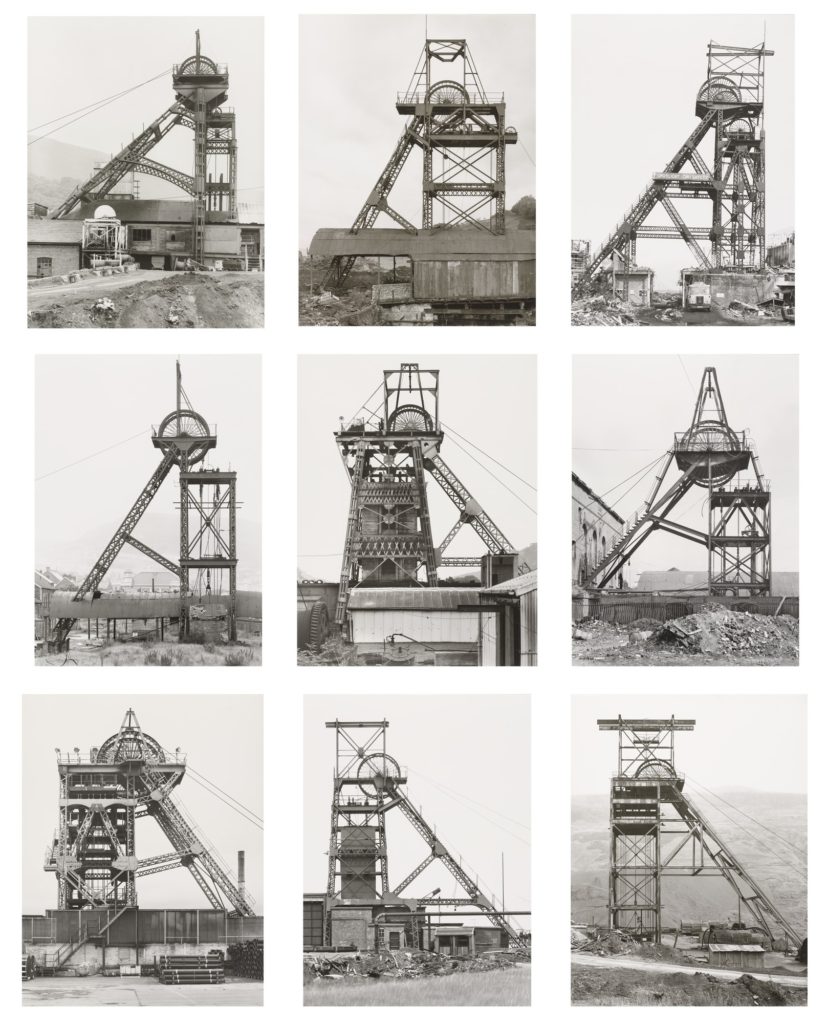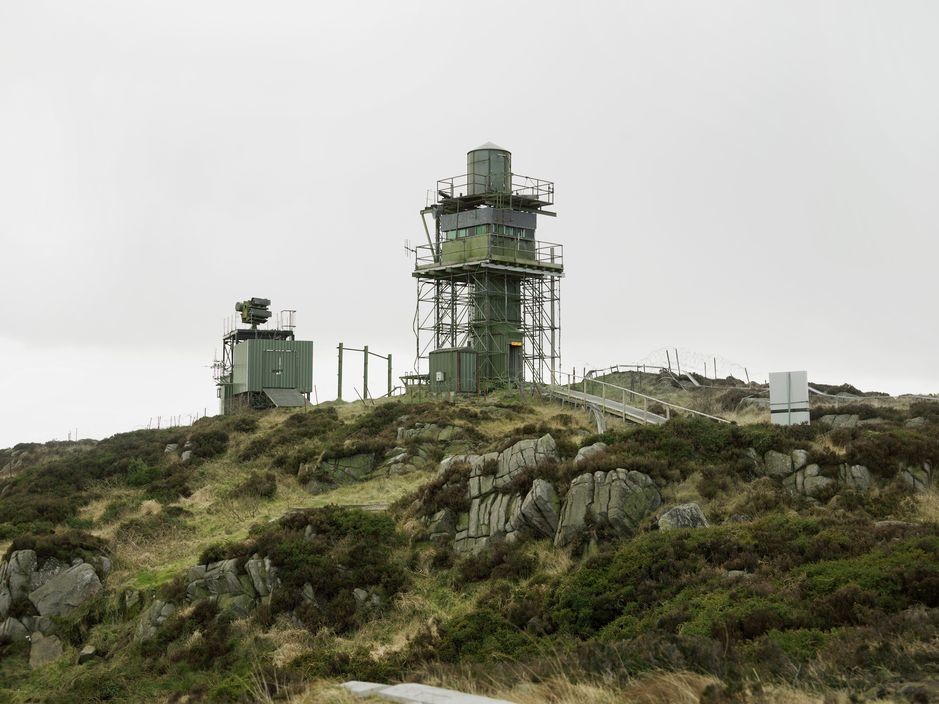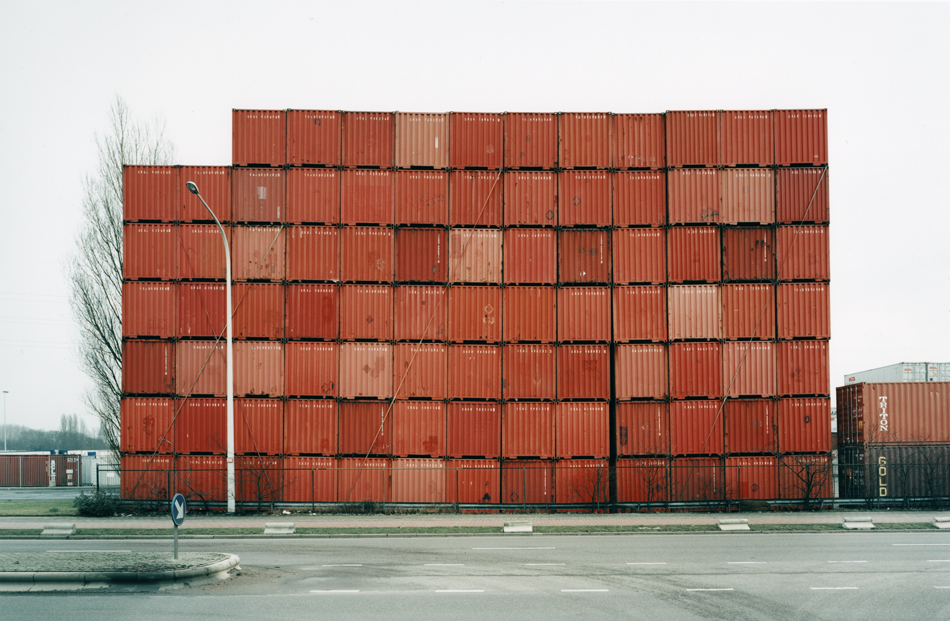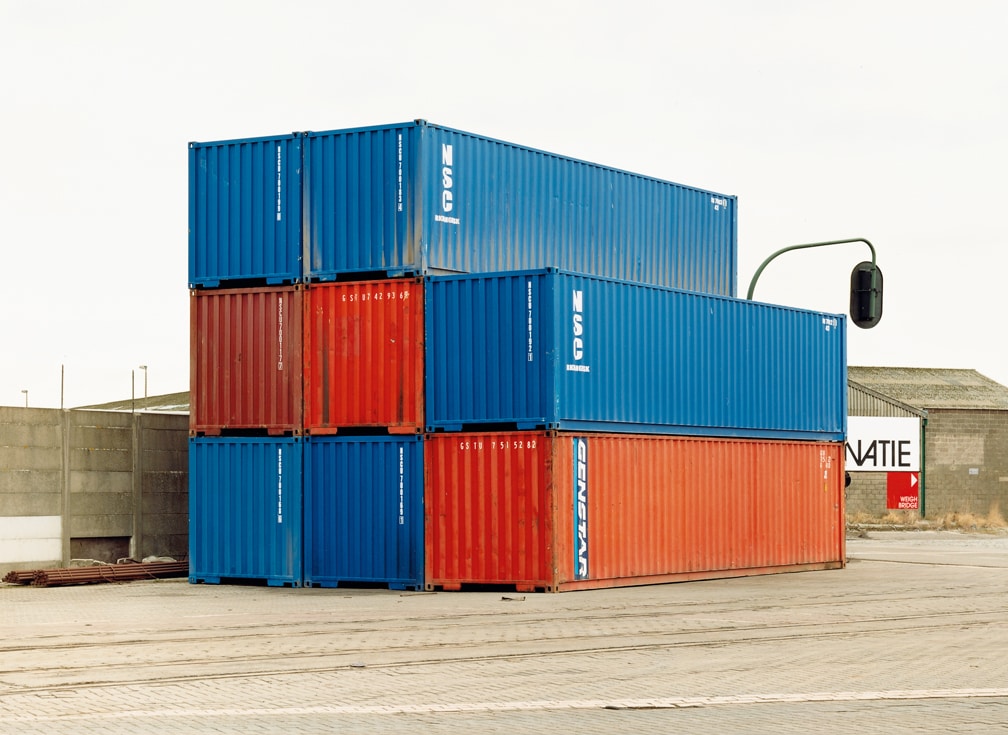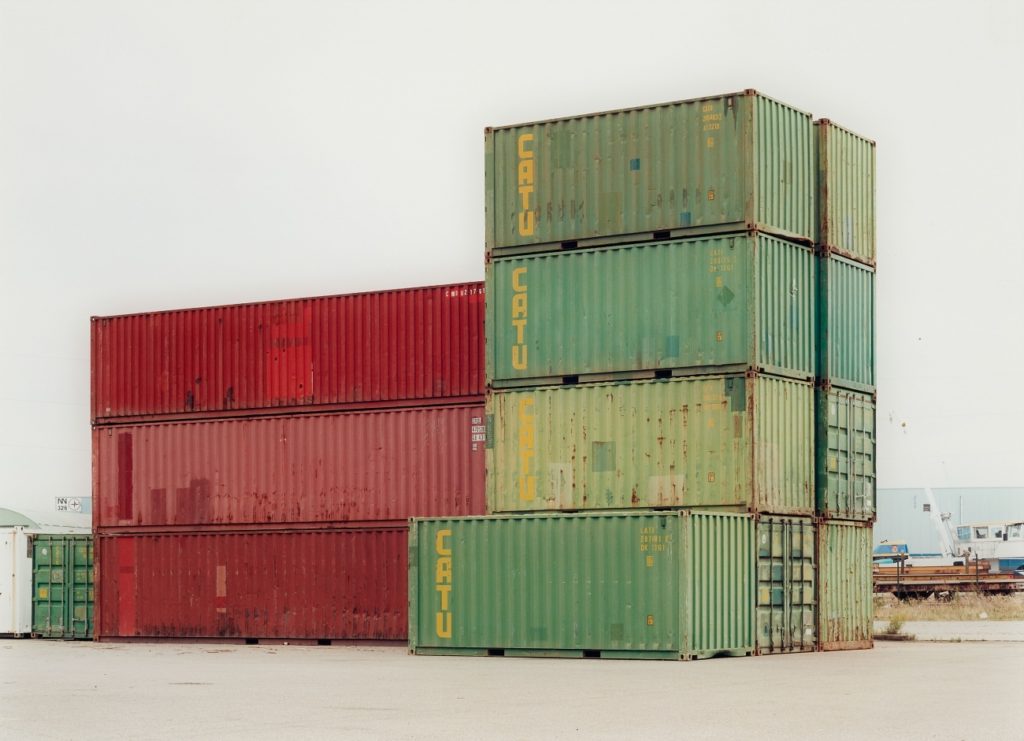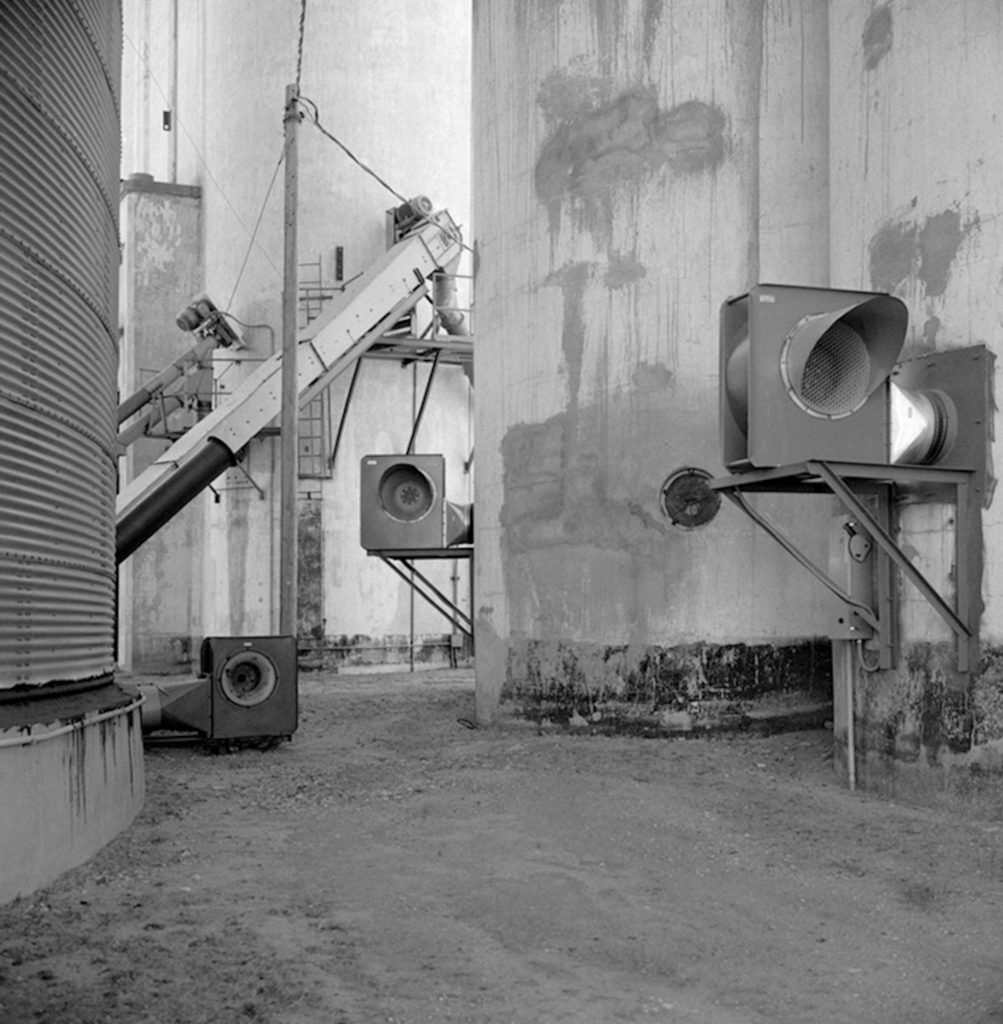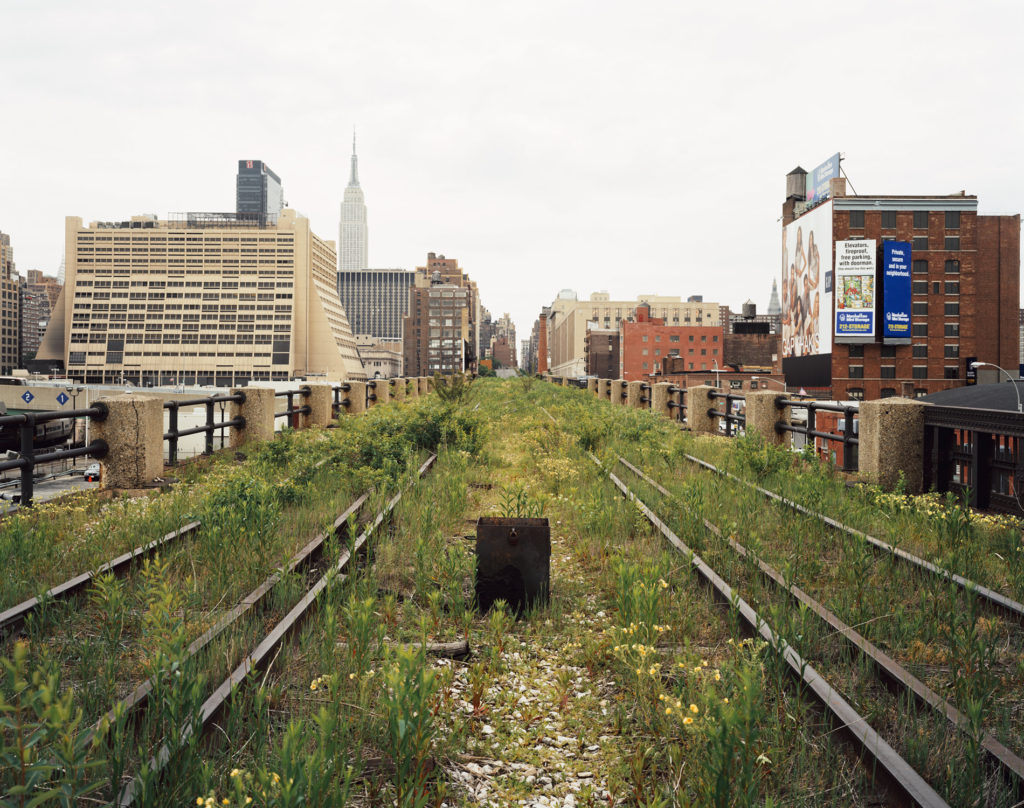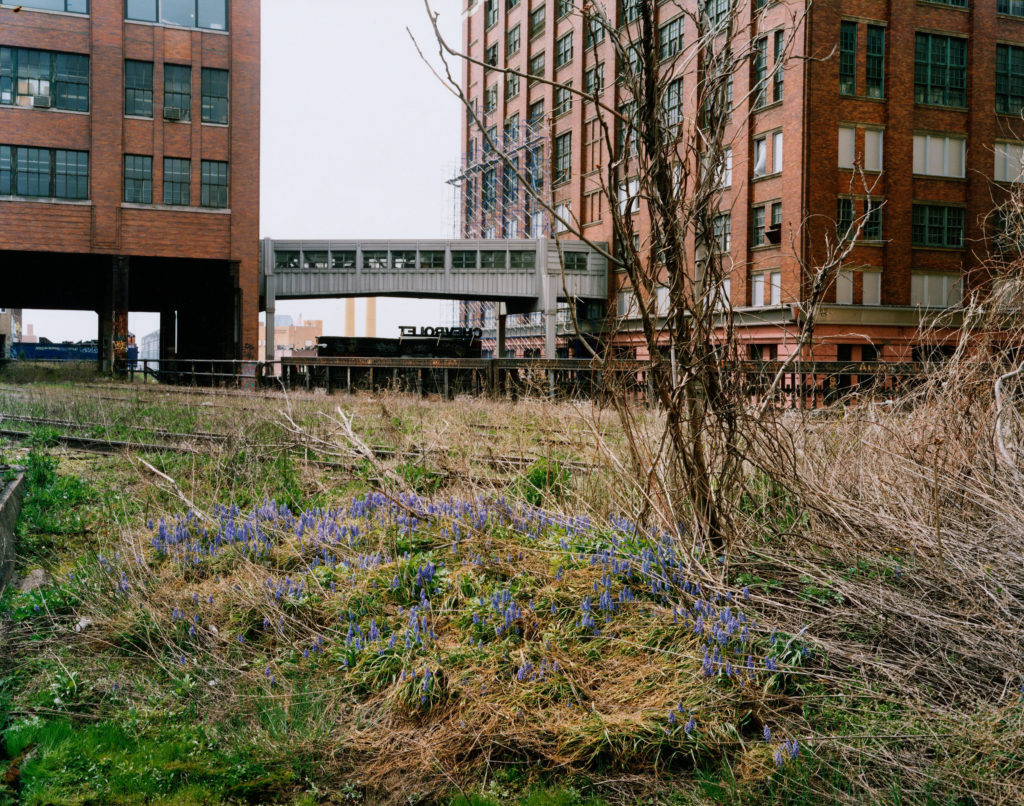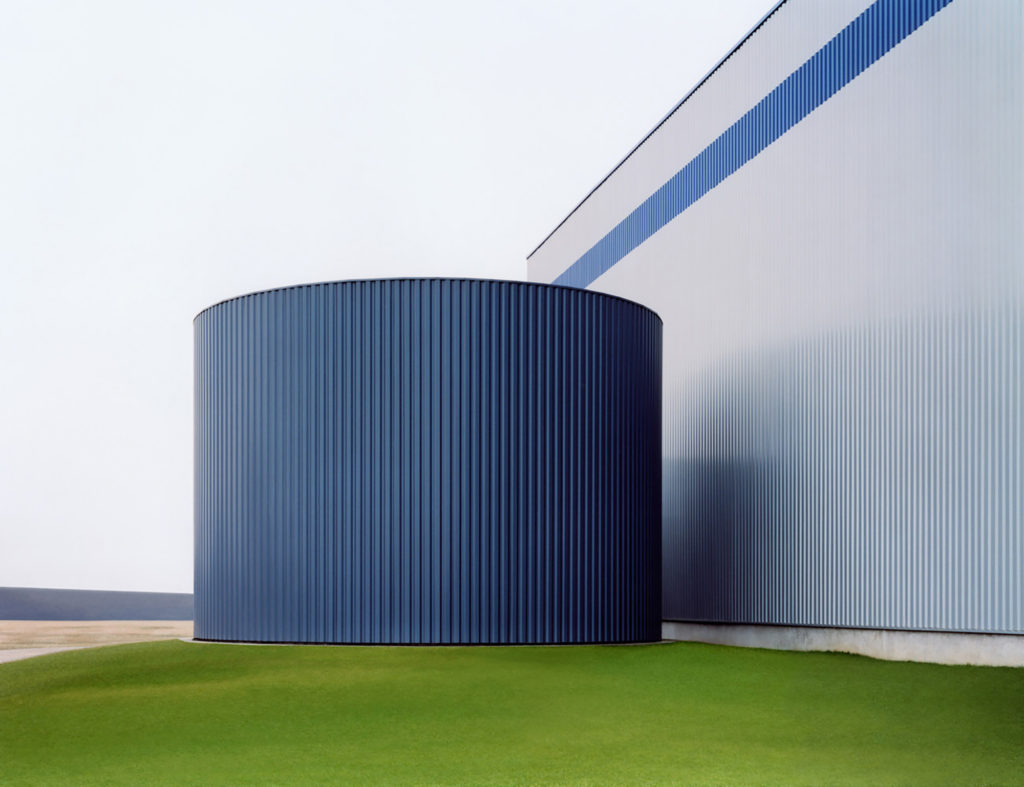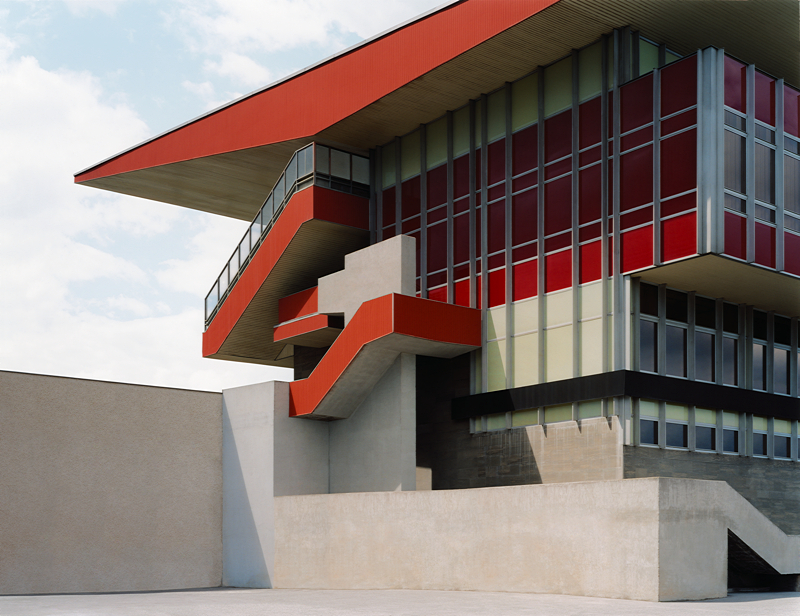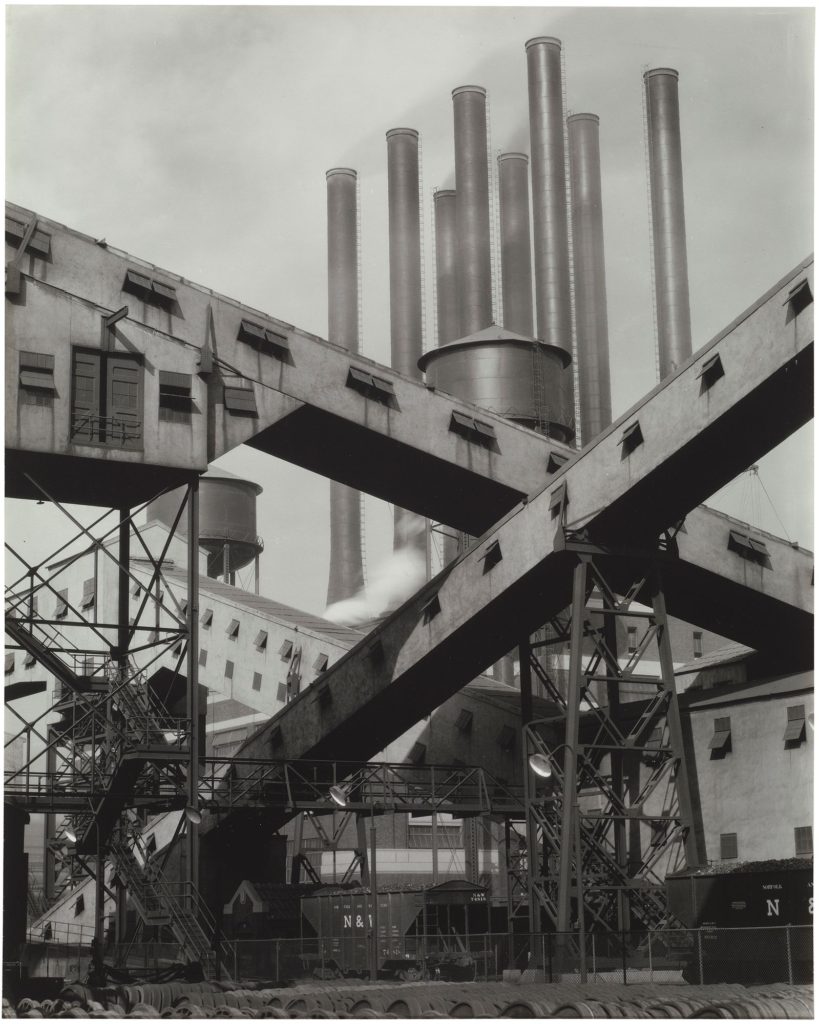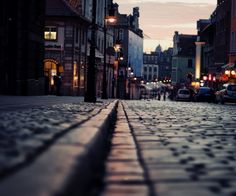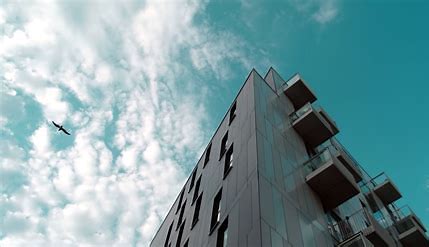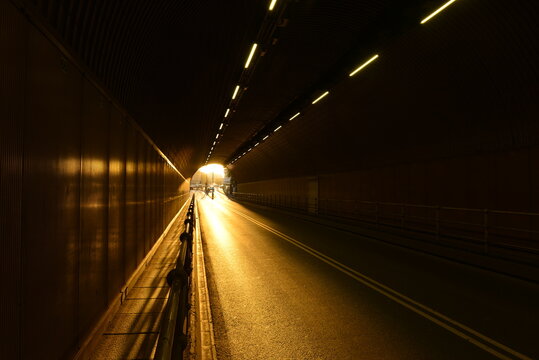Over the next two weeks you will be looking at producing blog posts and responding photographically to:
- New Topographics
- Urban Landscapes
- Industrial Landscapes
- Camera Skills – vantage points
URBAN LANDSCAPES
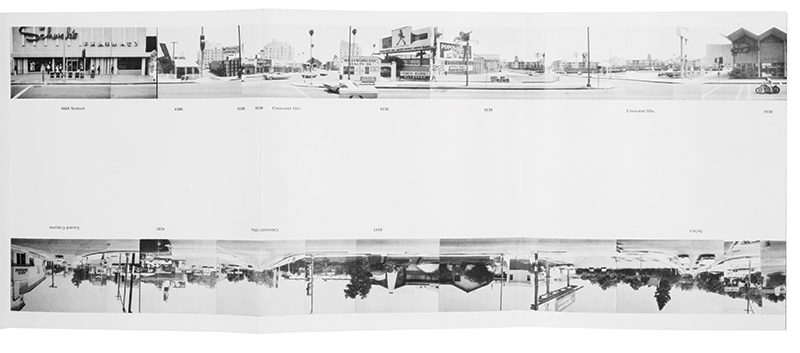
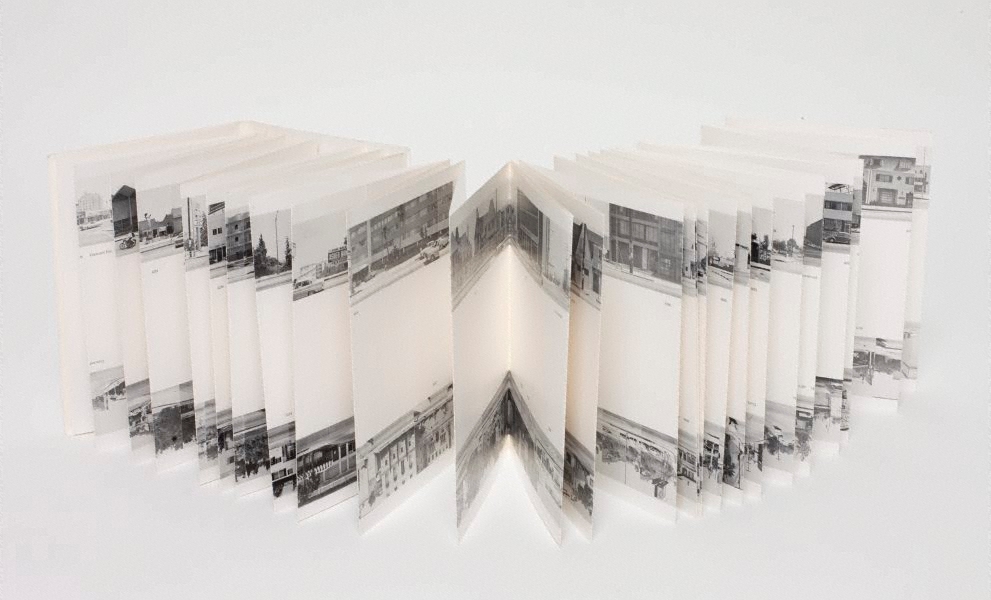
Ed Ruscha, “Every Building On The Sunset Strip”
The artist Ed Ruscha is famous for his paintings and prints but is also known for his series of photographic books based on typologies, among them Every Building on the Sunset Strip, Twentysix Gasoline Stations, Some Los Angeles Apartments, and Thirtyfour Parking Lots. Ruscha employs the deadpan style found in many photographic topologies. The book shown above is a 24 foot long accordion fold booklet that documents 1 1/2 miles of the Sunset Strip in Hollywood.
Here’s another topology for you to look at by Ólafur Elíasson :
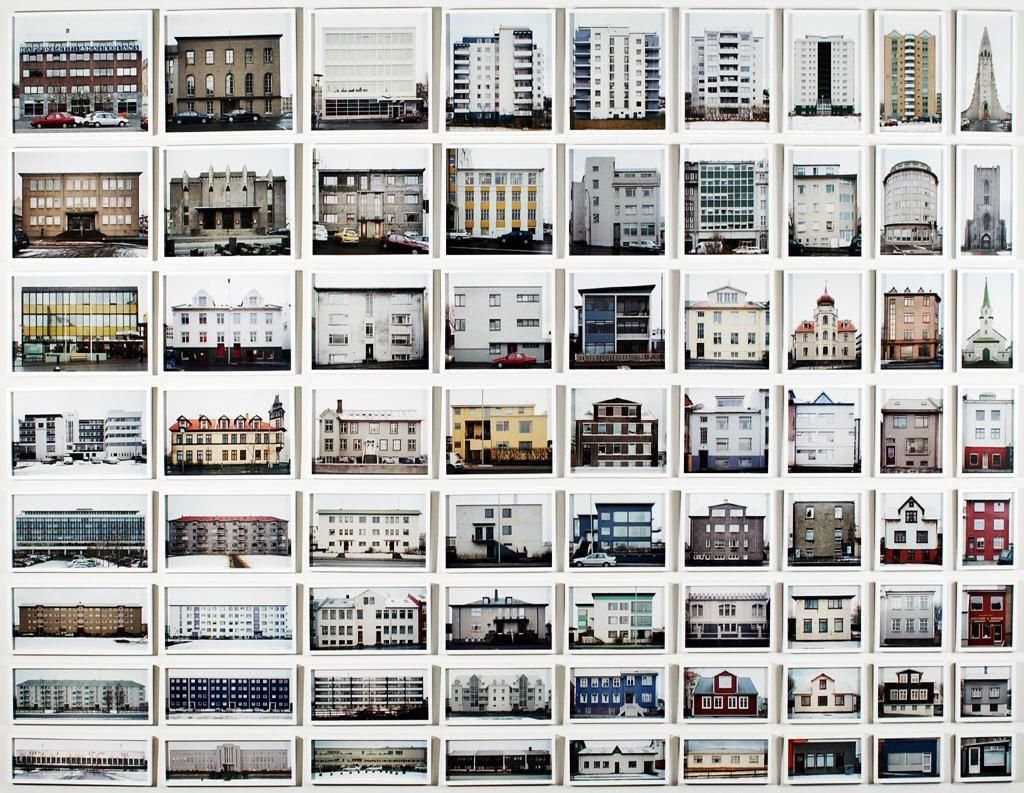
Thom and Beth Atkinson< Missing Buildings, 2016
https://www.thomatkinson.com/missing-buildings
The New Topographics
New Topographics was a term coined by William Jenkins in 1975 to describe a group of American photographers (such as Robert Adams and Lewis Baltz) whose pictures had a similar banal aesthetic, in that they were formal, mostly black and white prints of the urban landscape…
The beginning of the death of “The American Dream”
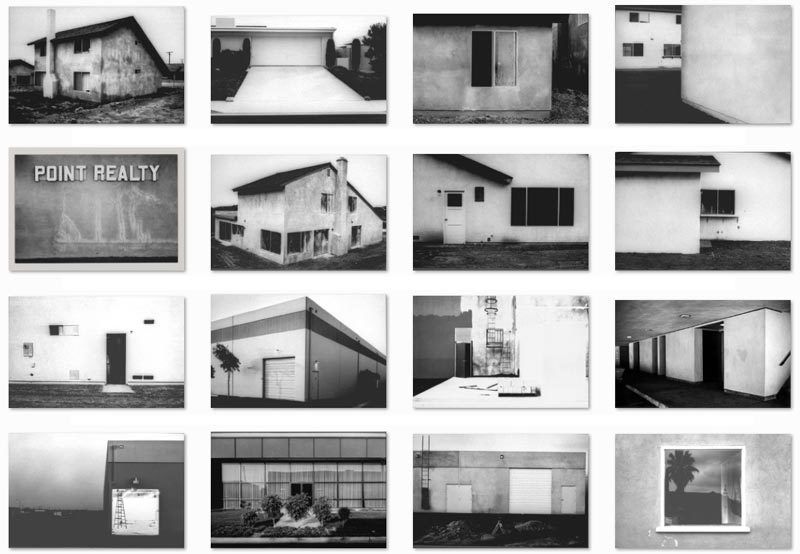
Many of the photographers associated with The New Topographics including Robert Adams, Lewis Baltz, Nicholas Nixon and Bernd and Hiller Becher, were inspired by the man-made…selecting subject matter that was matter-of-fact.
New Topographics inspired by the likes of Albert Renger Patszch and the notion of The New Objectivity
Parking lots, suburban housing and warehouses were all depicted with a beautiful stark austerity, almost in the way early photographers documented the natural landscape. An exhibition at the International Museum of Photography in Rochester, New York featuring these photographers also revealed the growing unease about how the natural landscape was being eroded by industrial development.

The New Topographics were to have a decisive influence on later photographers including those artists who became known as the Düsseldorf School of Photography.
BLOG POST: Photoshoot / Practical Responses…
- Produce a list of places in Jersey you could go and shoot urban landscapes. Create a blog post as a mood board or photo shoot plan. Scrapyards, building sites, cranes, restoration yards, derelict ruins, car parks, underpass, harbours and dockyards, industrial centres, retail park, Stadiums, floodlight arenas, staircases, road systems, Circuit boards, pipework, telephone poles, towers, pylons, Shop displays, escalators, bars, libraries, theatres and cinemas, Gardens, parks, playgrounds, swimming pools, etc.
- Possible titles to inspire you and choose from… Dereliction / Isolation / Lonely Places / Open Spaces / Close ups / Freedom / Juxtaposition / Old and new / Erosion / Altered Landscapes / Utopia / Dystopia / Wastelands / Barren / Skyscapes / Urban Decay / Former Glories / Habitats / Social Hierarchies / Entrances and Exits / Storage / Car Parks / Looking out and Looking in / Territory / Domain / Concealed and Revealed
Look at how the New Topographics approach has inspired landscape photography and the way we document our surroundings / the way we are using and transforming the land.
You should look at photographers such as…
- Joel Sternfeld
- Gabriel Basilico
- Andreas Gursky
- Edward Burtynsky
- Richard Misrach
- Sze Tsung-Leong
- Thomas Struth
- Peter Mitchell
- Paul Graham
- Donovan Wylie
- Ed Ruscha
- Rut Blees Luxemburg

Research a selection of these photographers and respond with…
- similar imagery from your own photo-shoots / image library
- analytical comparisons and contrasts
- a presentation of final images
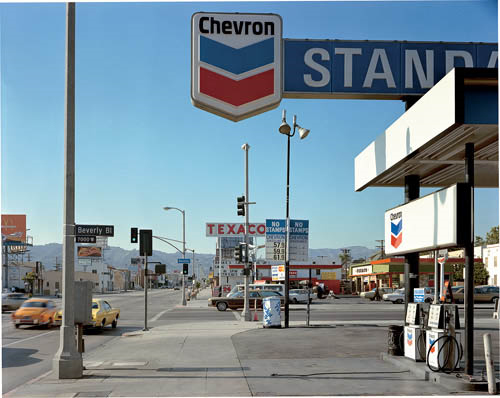
Stephen Shore, Beverly Boulevard and La Brea Avenue, Los Angeles, California, June 21, 1975, 1975, chromogenic color print
Analysis and discussion… starting points and key features of The New Topographics
- Foreground vs background | Dominant features
- Composition | low horizon line | Square format
- Perspective and detail / cluttering
- Wide depth of field | Large Format Camera
- Colour | impact and relevance
- Nationalism vs mobility vs isolation
- Social commentary | The American Dream ?
- An appreciation of the formal elements : line, shape, form, texture, pattern, tone etc
Remember to use this

Follow this 10 Step Process and create multiple blog posts for each unit to ensure you tackle all Assessment Objectives thoroughly :
- Mood-board, definition and introduction (AO1)
- Mind-map of ideas (AO1)
- Artist References / Case Studies (must include image analysis) (AO1)
- Photo-shoot Action Plan (AO3)
- Multiple Photoshoots + contact sheets (AO3)
- Image Selection, sub selection (AO2)
- Image Editing/ manipulation / experimentation (AO2)
- Presentation of final outcomes (AO4)
- Compare and contrast your work to your artist reference(AO1)
- Evaluation and Critique (AO1+AO4)
What do I photograph?
ROADS / BUILDINGS / STREETS / ST HELIER / FLATS / CAR PARKS / OFFICE BLOCKS / PLAYING FIELDS / SCHOOL / SHOPS / SUPERMARKETS / BUILDING SITES / TRAFFIC / HOTELS
Where to shoot ?
ORDANCE YARD / ST AUBINS HIGH STREET / COBBLED BACK STREETS / OLD ST HELIER / NEW ST HELIER / FLATS / ESPLANADE / TOWN / CAR PARKS / FORT REGENT / FINANCE DISTRICT / UNDERPASS / TUNNEL / NIGHT TIME / PIER ROAD CAR PARK / HUE COURT / LE MARAIS FLATS / PLAYING FIELDS / SCHOOLS / ANN STREET BREWERY BUILDING SITE / SPRINGFIELD STDIUM

- Research and explore The New Topographics and how photographers have responded to man’s impact on the land, and how they found a sense of beauty in the banal ugliness of functional land use…
- Create a blog post that defines and explains The New Topographics and the key features and artists of the movement.
- ANSWER : What was the new topographics a reaction to?
- A case study on your chosen NEW TOPOGRAPHIC landscape photographer. Choose from…ROBERT ADAMS, STEPHEN SHORE, JOE DEAL, FRANK GOLKHE, NICHOLAS NIXON, LEWIS BALTZ, THE BECHERS, HENRY WESSEL JR, JOHN SCHOTT ETC to write up a case study that will inspire your own photography.
- Analyse one image of this photographers work. Use the vocabulary support sheet to help. https://hautlieucreative.co.uk/photo22al/2020/08/20/photo-vocab-support/
- Produce a list of places in Jersey you could go and shoot urban landscapes. Create a blog post of a visual mood board and photo shoot plan. Scrapyards, building sites, cranes, restoration yards, derelict ruins, car parks, underpass, harbours and dockyards, industrial centres, retail park, Stadiums, floodlight arenas, staircases, road systems, Circuit boards, pipework, telephone poles, towers, pylons, Shop displays, escalators, bars, libraries, theatres and cinemas, Gardens, parks, playgrounds, swimming pools, etc.
- Possible titles to inspire you and choose from… Dereliction / Isolation / Lonely Places / Open Spaces / Close ups / Freedom / Juxtaposition / Old and new / Erosion / Altered Landscapes / Utopia / Dystopia / Wastelands / Barren / Skyscapes / Urban Decay / Former Glories / Habitats / Social Hierarchies / Entrances and Exits / Storage / Car Parks / Looking out and Looking in / Territory / Domain / Concealed and Revealed
- First photoshoot inspired and influenced by your first chosen urban landscape photographer. (+100 photographs). Can be any urban landscape photographer, but remember to include a brief case study and examples of their work that have influenced your work.
- Select, consider and decide on best images (show contact sheets)
- Develop ideas through digital manipulation (ie: cropping, contrast, colour balance etc.)
- Realise a final outcome.
- Second photoshoot inspired and influenced by your second chosen urban landscape photographer. see list below URBAN PHOTOGRAPHERS (+100 photographs). Can be any urban landscape photographer, but remember to include a brief case study and examples of their work that have influenced your work.
Ensure you experiment with different vantage points eg: worms eye view etc. - Select, consider and decide on best images (show contact sheets)
- Develop ideas through digital manipulation (ie: cropping, contrast, colour balance etc.)
- Realise a final outcome.
- Select one of your photographs to compare and contrast against one photograph of your chosen photographer.
- Create a venn diagram to illustrate the similarities and differences between the images.
- Using this information and prompts from the Photo Vocab Sheet write an in depth and thorough analysis. https://hautlieucreative.co.uk/photo22al/2020/08/20/photo-vocab-support/

Always ensure you have enough evidence of…
- moodboards (use influential images)
- mindmap of ideas and links
- case studies (artist references-show your knowledge and understanding)
- photo-shoot action plans / specifications (what, why, how, who, when , where)
- photo-shoots + contact sheets (annotated)
- appropriate image selection and editing techniques
- presentation of final ideas and personal responses
- analysis and evaluation of process
- compare and contrast to a key photographer
- critique / review / reflection of your outcomes
- Eugene Agtet
- Ed Ruscha
- Thomas Struth
- Gabrielle Basilico
- Gerry Johansson
- W. Eugine Smith
- Rut Blees Luxemburg
- Panos Kokkinios
- Naoya Hatakeyama
Eugene Agtet
Ed Ruscha
Thomas Struth
Gabrielle Basilico
Gerry Johansson
W. Eugene Smith
Rut Blees Luxemburg
Panos Kokkinios
Naoya Hatakeyama
- Alexander Apostol
- Bernd & Hilla Becher
- Donovan Wylie
- Edward Burntsky
- Frank Breuer
- Gerry Johansson
- Joel Sternfeld
- Josef Schultz
- Lewis Baltz
- Charles Sheeler
Alexander Apostol
Bernd & Hilla Becher
Donovan Wylie
Edward Burntsky
Frank Breuer
Gerry Johansson
Joel Sternfeld
Josef Schultz
Lewis Baltz
Charles Sheeler
Technical: Shoot using different vantage points.
Why Is Vantage Point Important?
Your vantage point affects the angles, composition, and narrative of a photograph. It is an integral part of the decision-making process when taking a photograph.
We often spend more time considering camera settings and lighting, than exploring viewpoints. A picture taken from a unique vantage point makes us think about the subject in a different way. Perspectives from high or low angles add emotion to the photograph.
Eye-level vantage points provide a feeling of directness and honesty. Changing your vantage point can include or exclude part of the photo’s story.
As you look through your viewfinder, ask yourself some questions:
- How could I add interest to the subject?
- How can I show the viewer a new perspective on this subject?
- Do I always stand in this position when taking photos?
- What else can I include in the frame to tell the story? How can I make this happen?
TRY LOOKING UP, LOOKING DOWN, AT AN ANGLE, FROM A DISTANCE, A WORMS EYE VIEW ETC.
WORMS EYE VIEW


